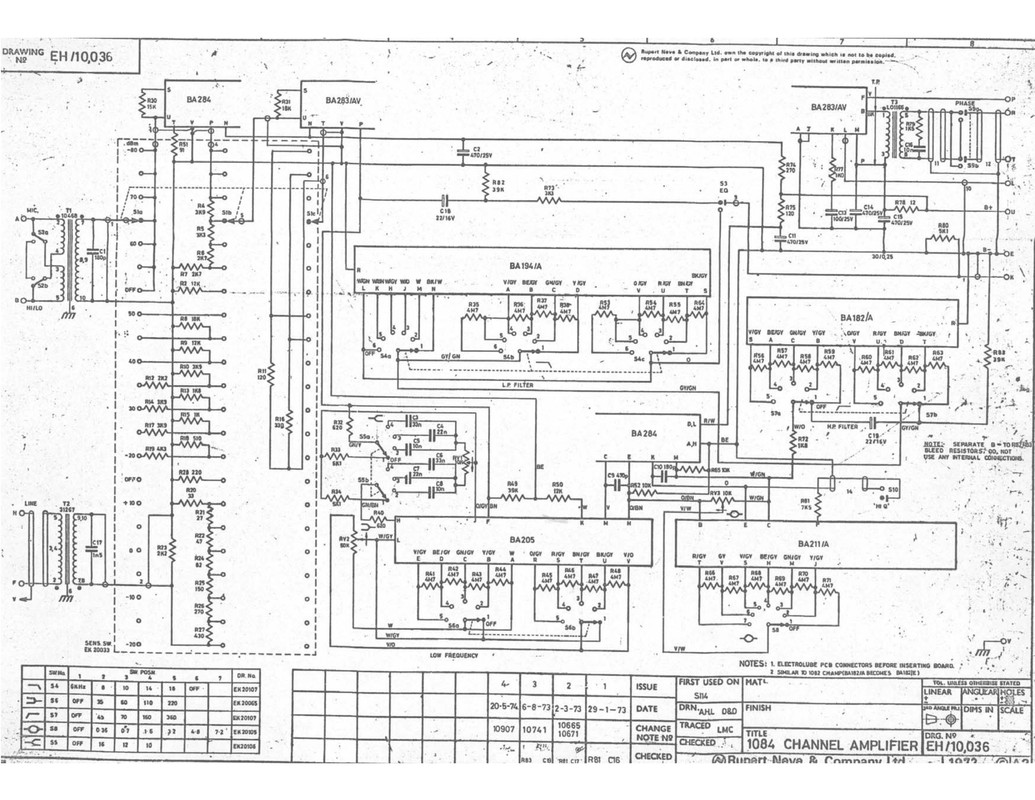paranoidandroid
Active member
- Joined
- Jun 3, 2004
- Messages
- 38
I've had these units for years, built two myself and bought two off of Marcocet and I'm just getting around to putting these back into service. Funny thing is I remember noticing a really intense HF weirdness when boosting both the mid and high bands. I finally fuzzmeasured it and was rewarded with these:
This is a graph of all the mid bands with full boost and low Q.
https://postimg.cc/image/fz6927uhp/
And here we have full boost low Q at 9kHz and full boost 25kHz shelf.
https://postimg.cc/image/p6yhix99p/
And finally the unit in bypass, free air!
https://postimg.cc/image/v7w6fzggd/
What could be creating this 18kHz notch? The secondary frequency 'hump' in the midband becomes more pronounced as the frequency increases, but I assume a vintage 1084 does not do this? The two pairs of units were built with two different BOM part numbers by two different people yet exhibit this effect so I assume this is a universal 'feature' of the EQN. It seems like something is sucking out all the 18kHz above the 1.6kHz setting. Any suggestions? Anyone that can corroborate?
This is a graph of all the mid bands with full boost and low Q.
https://postimg.cc/image/fz6927uhp/
And here we have full boost low Q at 9kHz and full boost 25kHz shelf.
https://postimg.cc/image/p6yhix99p/
And finally the unit in bypass, free air!
https://postimg.cc/image/v7w6fzggd/
What could be creating this 18kHz notch? The secondary frequency 'hump' in the midband becomes more pronounced as the frequency increases, but I assume a vintage 1084 does not do this? The two pairs of units were built with two different BOM part numbers by two different people yet exhibit this effect so I assume this is a universal 'feature' of the EQN. It seems like something is sucking out all the 18kHz above the 1.6kHz setting. Any suggestions? Anyone that can corroborate?





































